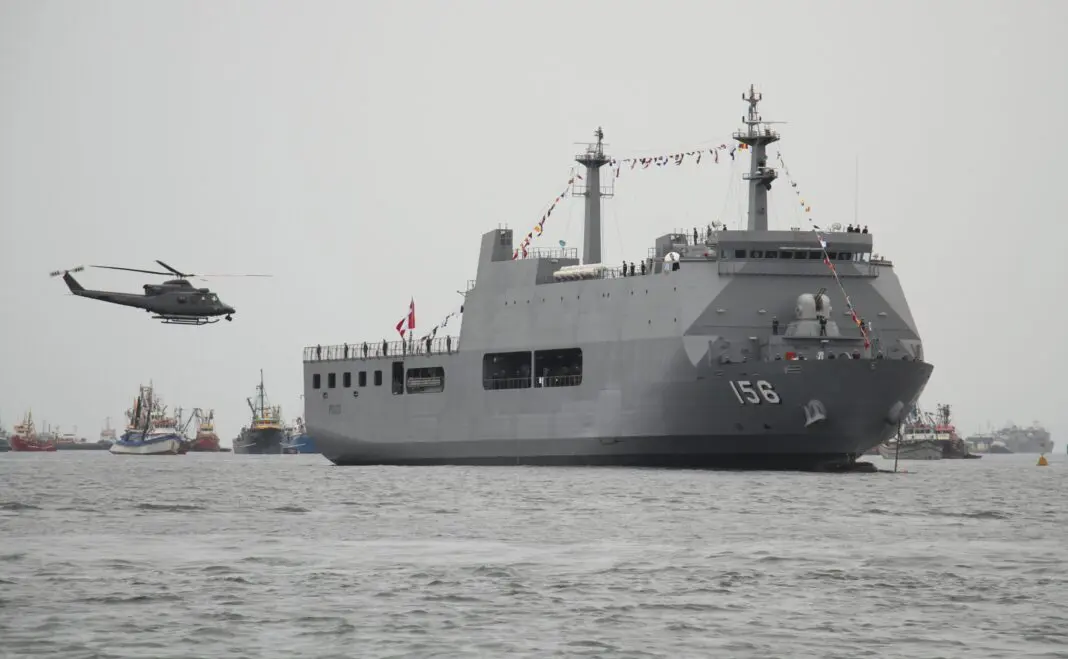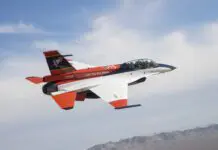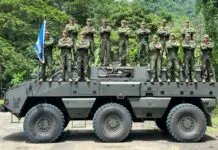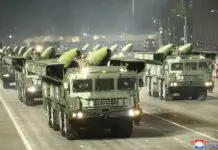The governance problems currently affecting Peru have overshadowed the great news of South Korea’s triumph in the competition to choose the partner for the renewal process of the Peruvian Navy fleet. Indeed, Hyundai Heavy Industries shipyard will be the one accompanying the construction of, initially, a multi-role vessel, an Offshore Patrol Vessel (OPV), and two auxiliary logistic transport units. This is the great opportunity awaited by the Servicio Industrial de la Marina (SIMA Peru) to become the most powerful shipyard in the South American Pacific and once again be a protagonist in the modernization of the Peruvian naval force.
It has titles, and many: its origins date back to the mid-19th century when it was born as a naval factory responsible for servicing the then brand-new steamships acquired in Europe, and even constructing one locally. It was in 1950 that it emerged as SIMA Peru, which means over 74 years of experience in naval design, construction, and repairs, both in terms of warships and commercial vessels.
In 1956, it built the first high-sided ship in Latin America, the BAP Zorritos, a 6000-ton tanker, followed by other tankers, freighters, and large displacement bulk carriers, such as the multipurpose ship José Pardo, of 27,000 tons, in 1970. In the military field, between 1982 and 1984, it undertook the co-production of two missile frigates of the Lupo type of Italian origin (Fincantieri), the first of their kind built in this part of South America.
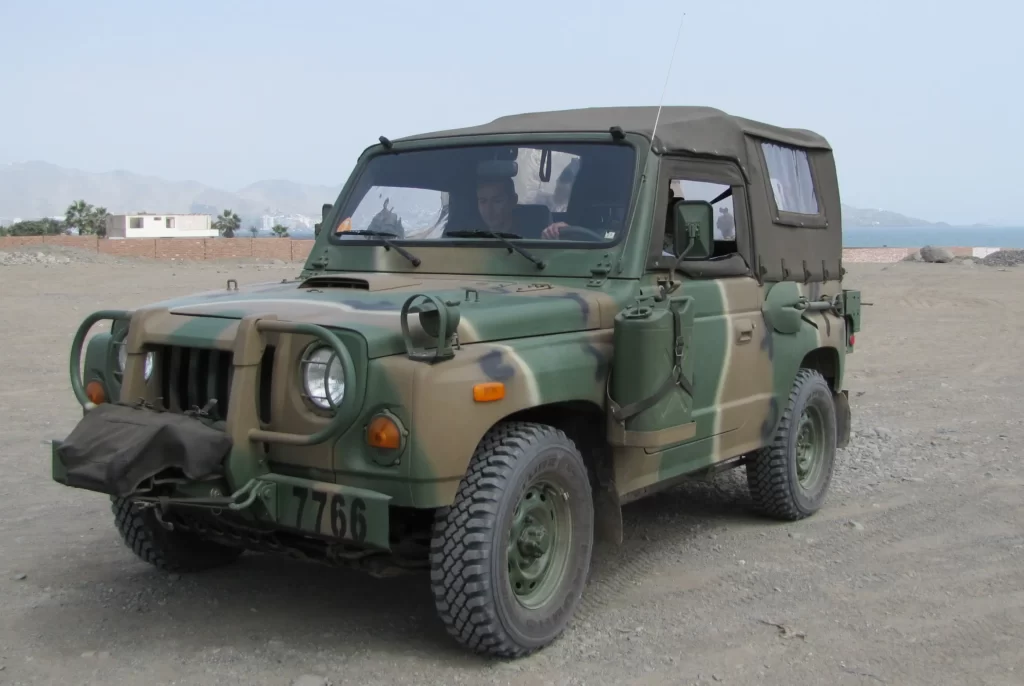
In addition to the PIAS, mentioned in a previous article, SIMA, at its Amazonian headquarters (SIMA Iquitos), built two 340-ton Clavero-class river patrol vessels a decade ago. And at this moment, at the Callao headquarters, the process of comprehensive modernization and extension of the life of the second type 209/1200 submarine is underway, while the first, the BAP Chipana, continues with its sea stability tests.
Regarding the South Korean industry, the connection is not recent if we consider the various weapons systems from Seoul that are still in service with the Peruvian Navy today. We have, for example, the Daewoo K2 5.56 x 45 mm assault rifles, and the Daewoo USAS-12 shotguns, purchased for the Marine Infantry, still in use in some units. Another equipment of the same origin refers to the KIA Motors KM131 Jeep, ¼ ton capacity all-terrain utility vehicles, used for liaison, patrol, and light escort.
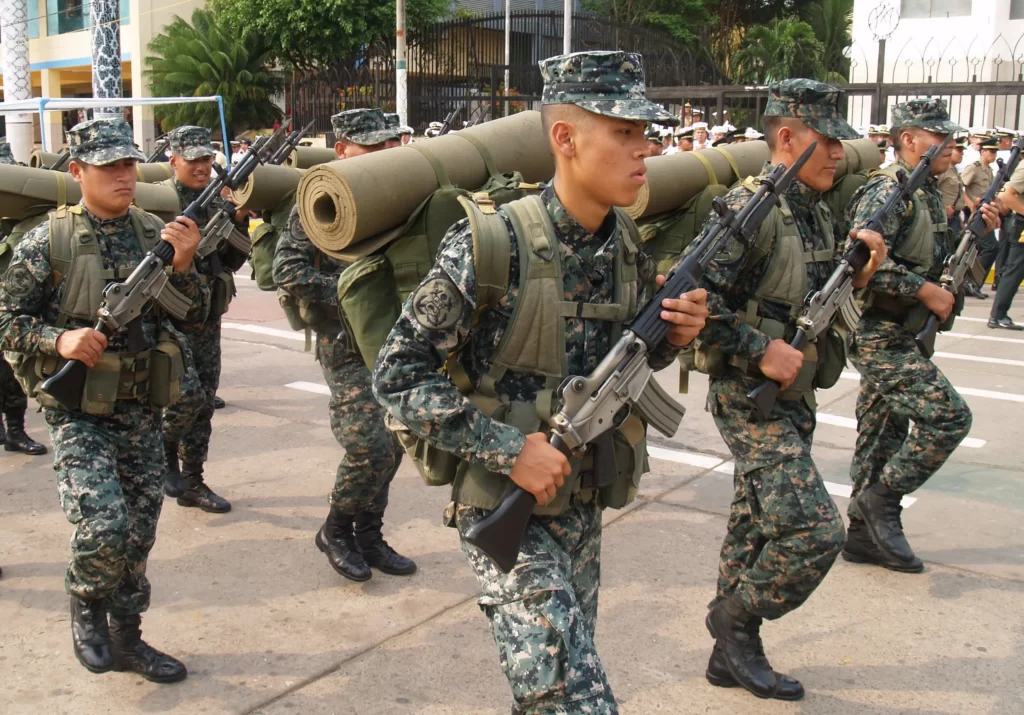
The crown jewels are the Rio Pativilca-class patrol boats (500 tons), a variant of the Taeguk class, of which SIMA Chimbote built a total of 6 units with STX Offshore & Shipbuilding assistance until 2021.
And the 2 Landing Platform Dock (LPD) multipurpose ships, the BAP Pisco and BAP Paita (the latter already launched and completing its equipment) of 11,300 tons, Makassar Class, also built at SIMA in collaboration with Daesun Shipbuilding & Engineering.
Following all these acquisitions came the donation, by the ROK Navy, of two corvettes of the Pohang class, renamed BAP Ferré and BAP Guisse, each with a displacement of 1,220 tons, with the latter incorporated in 2022.
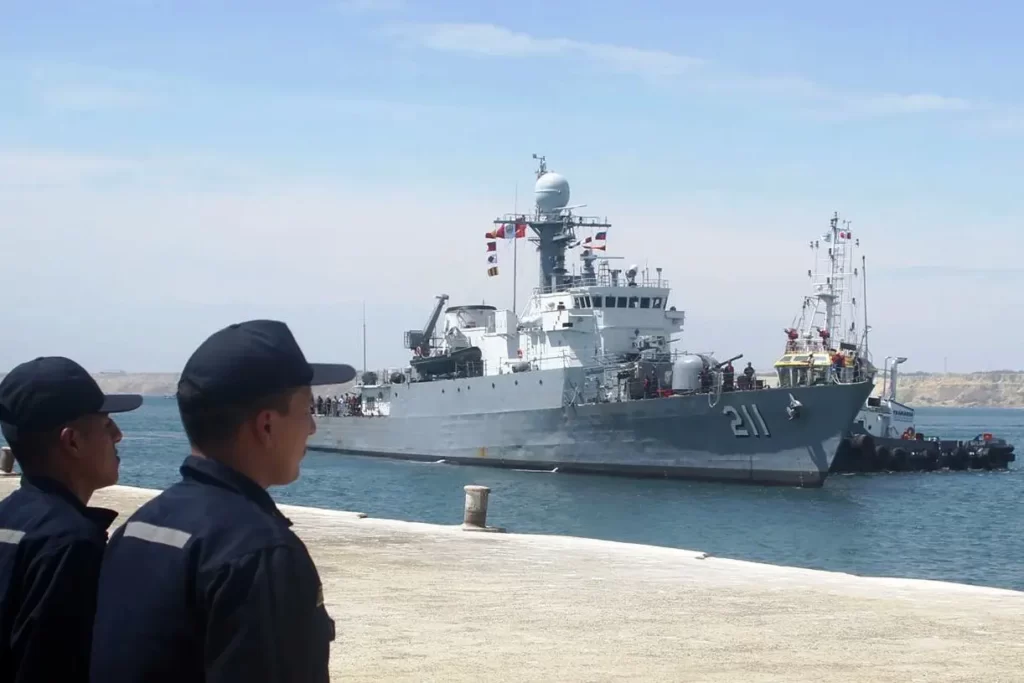
Due to this longstanding approach, it is anticipated that the cooperation between both shipyards – Hyundai and SIMA – will be fruitful and long-term, with consequent benefits for Peru through the technological transfer that will place it on par with the best shipyards on the continent.
Moreover, this initiative will mean the generation of skilled employment, as well as the possibility of opening thousands of job positions through local goods and services companies associated with the various stages of these projects.
You may also like: SIMA selects HD HHI proposal for the construction of new frigates and patrol boats for the Peruvian Navy


